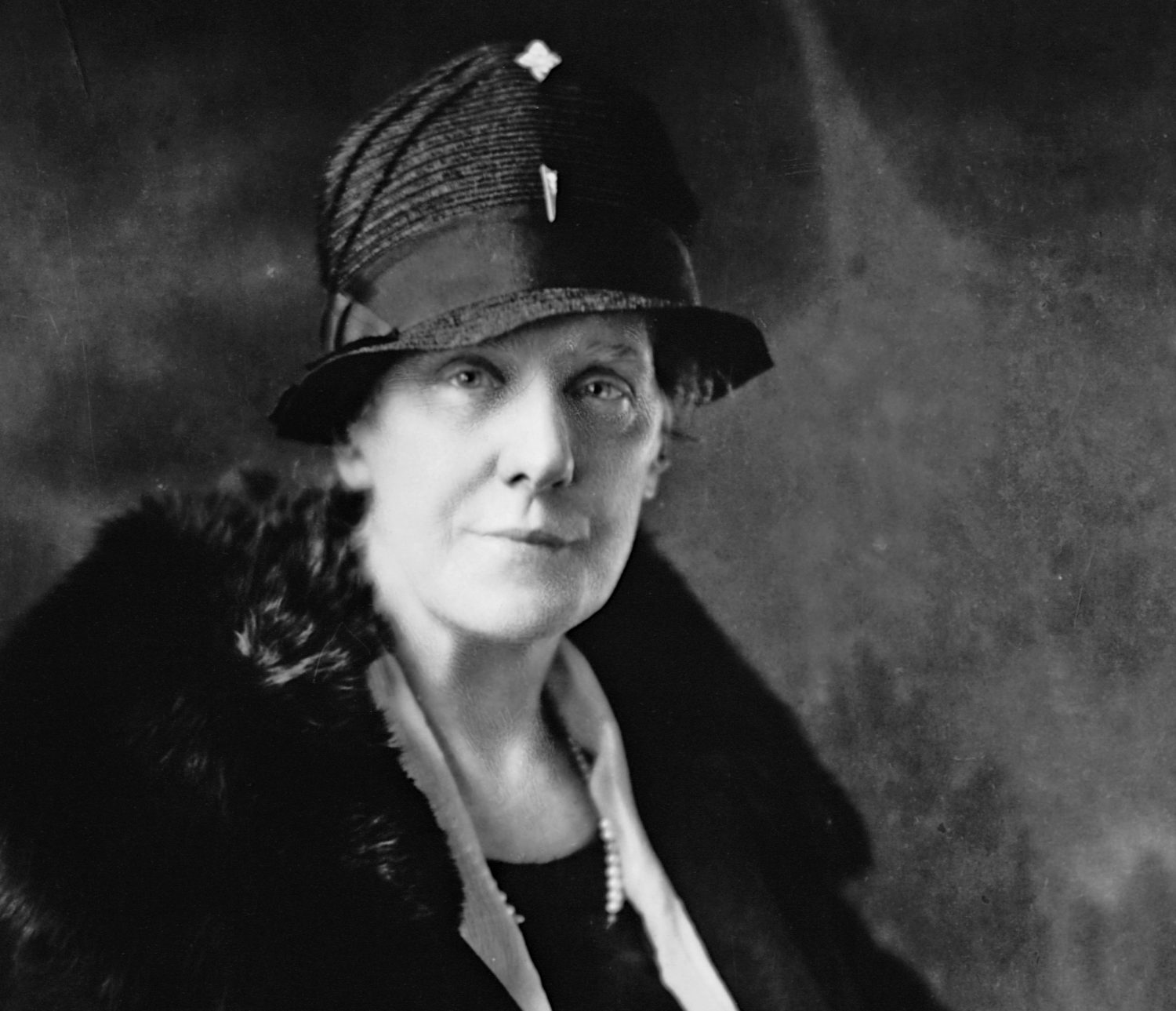The following was adapted from “Humanity Is the Essence of Buddhism,” a speech that Ikeda Sensei delivered in Los Angeles on Feb. 22, 1990. The full text can be found in My Dear Friends in America, third edition, pp. 60–66.
1. All endeavors start from one person, from a single pioneer. The individual who set the wheels in motion for Mother’s Day was Anna M. Jarvis (1864–1948) of Philadelphia.
2. As a young girl, Miss Jarvis had suffered a painful disappointment in love. It is not inconceivable that, in her despair, she may have even contemplated suicide. Yet she chose to live, realizing that she should live her own life, that she had a right to become happy.
3. Rising above her heartache and grief, she turned her affections toward her mother and her blind younger sister. On the anniversary of her mother’s death, she would hand out white carnations—her mother’s favorite flower—to the people in her church. The gratitude she felt toward her mother could not be kept to herself.
4. One day, she came upon the idea of having a special day where everyone could show their love for their mother. She started writing thousands of letters to women’s groups and influential people urging that a special day be instituted for this purpose. A groundswell of support emerged in response.
5. The first widely recognized Mother’s Day was observed in Grafton, West Virginia, on May 10, 1908. Six years later, it became a national event, with the U.S. president issuing his proclamation.
You are reading {{ meterCount }} of {{ meterMax }} free premium articles

